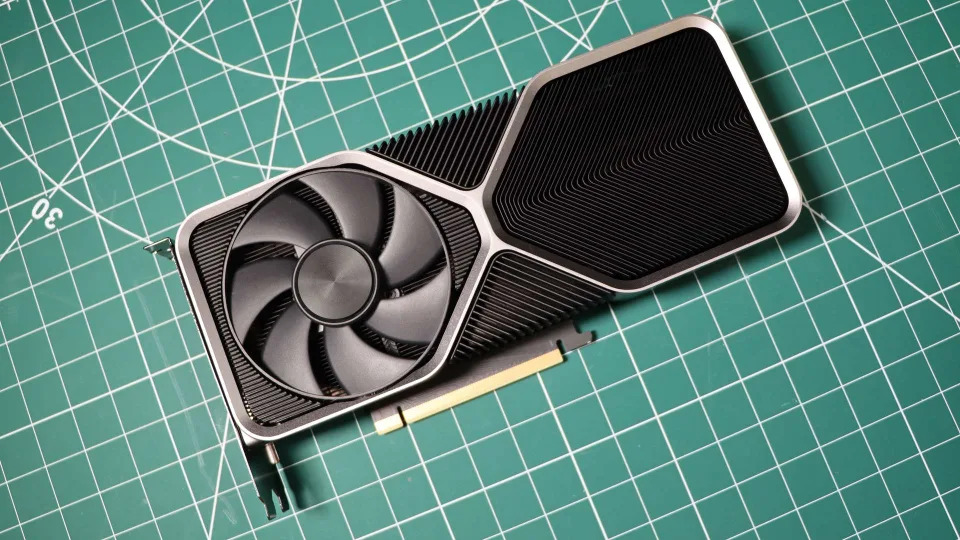You should be regularly checking your Windows version is up-to-date, updating your games, and getting the latest game drivers but, if you don’t, now’s the time. A few vulnerabilities have been spotted with a previous version of Nvidia’s GPU display drivers, which are no longer worrisome, but only if you update from the old ones.
As originally spotted by Igor’s Lab, this is about a driver update that went live on October 22. In its most recent security bulletin, Nvidia says that previous versions of its drivers had eight high-severity risks, all of which came with “escalation of privileges” impacts, alongside a litany of other potential problems.
With a base score of 8.2 (which is very high), the most serious problem is CVE ID 2024-0126, which showed previous drivers had “a vulnerability which could allow a privileged attacker to escalate permissions. A successful exploit of this vulnerability might lead to code execution, denial of service, escalation of privileges, information disclosure, and data tampering.”
Six of the other risks had a score of 7.8—and the last was a—7.1 so all of these fixes are a high priority. That said, all of the vulnerabilities have low exploitability ratings, and require local access to your GPU. In other words, they’re potentially bad, but fine if it’s nobody can actually log in and use your PC.
If you happen to have updated your gaming drivers since October 22, you are protected from these vulnerabilities but, if you haven’t, there are a few different ways of doing so. If you don’t want to download any extra software, you can simply go to the Nvidia drivers page, look for your specific card and grab the driver you need. However, if you don’t mind another bit of software on your PC, I’d recommend trying out the Nvidia app.
Launched in beta at the start of the year, it’s a genuinely great bit of software that gives you all the latest drivers for your specific rig, offers graphics settings for all your games, gives you a place to redeem Nvidia codes, and can show a quick rundown of your system. You can download the beta, and get the latest drivers by simply clicking on the “drivers tab” and letting it all download.
Driver maintenance is an important part of being a PC user, and these vulnerabilities are just a good reminder to regularly check in on them. While graphics drivers may well eek a bit more performance out in the latest games, this is your PSA to remind you that regular updates will help keep your precious PC secure, too.



